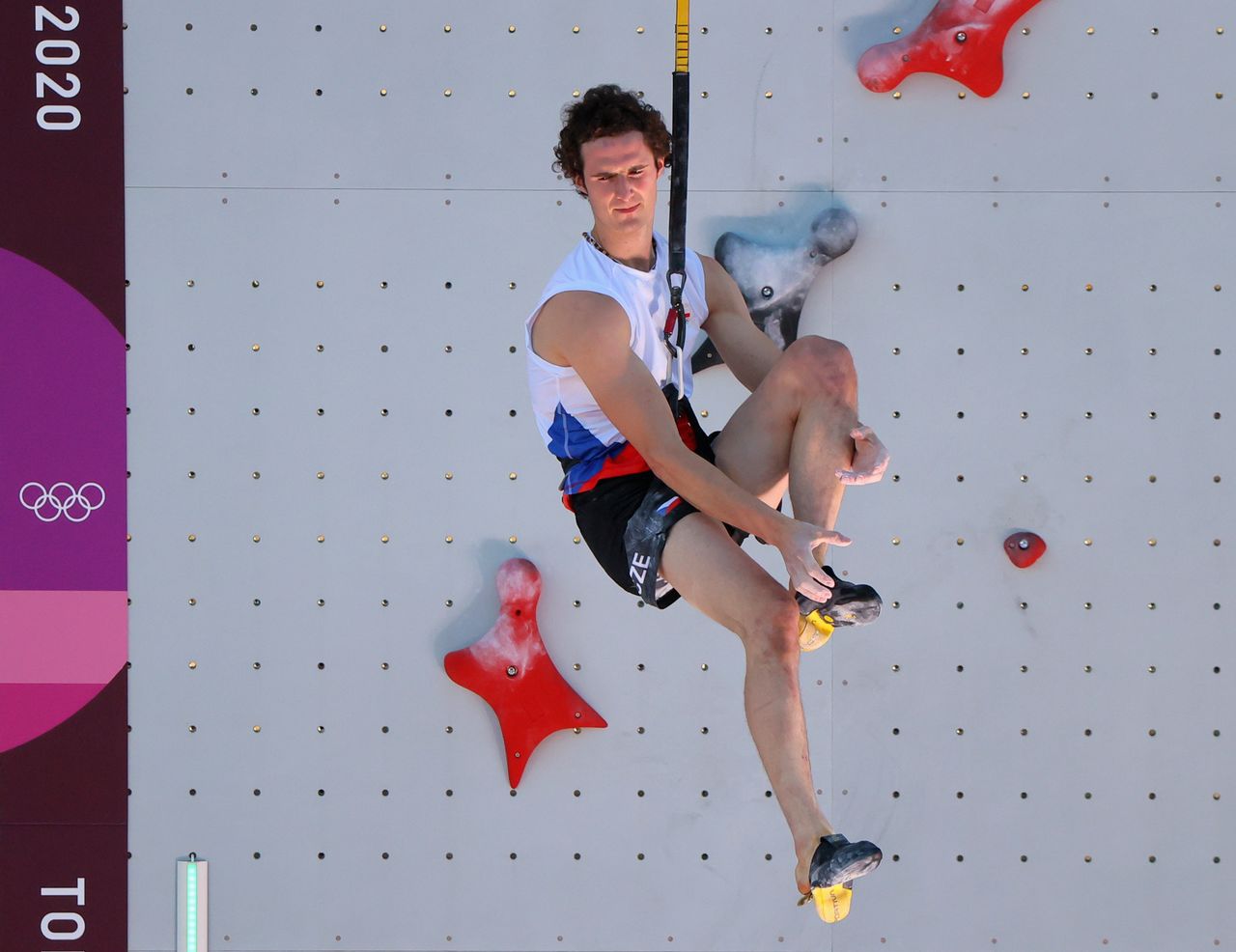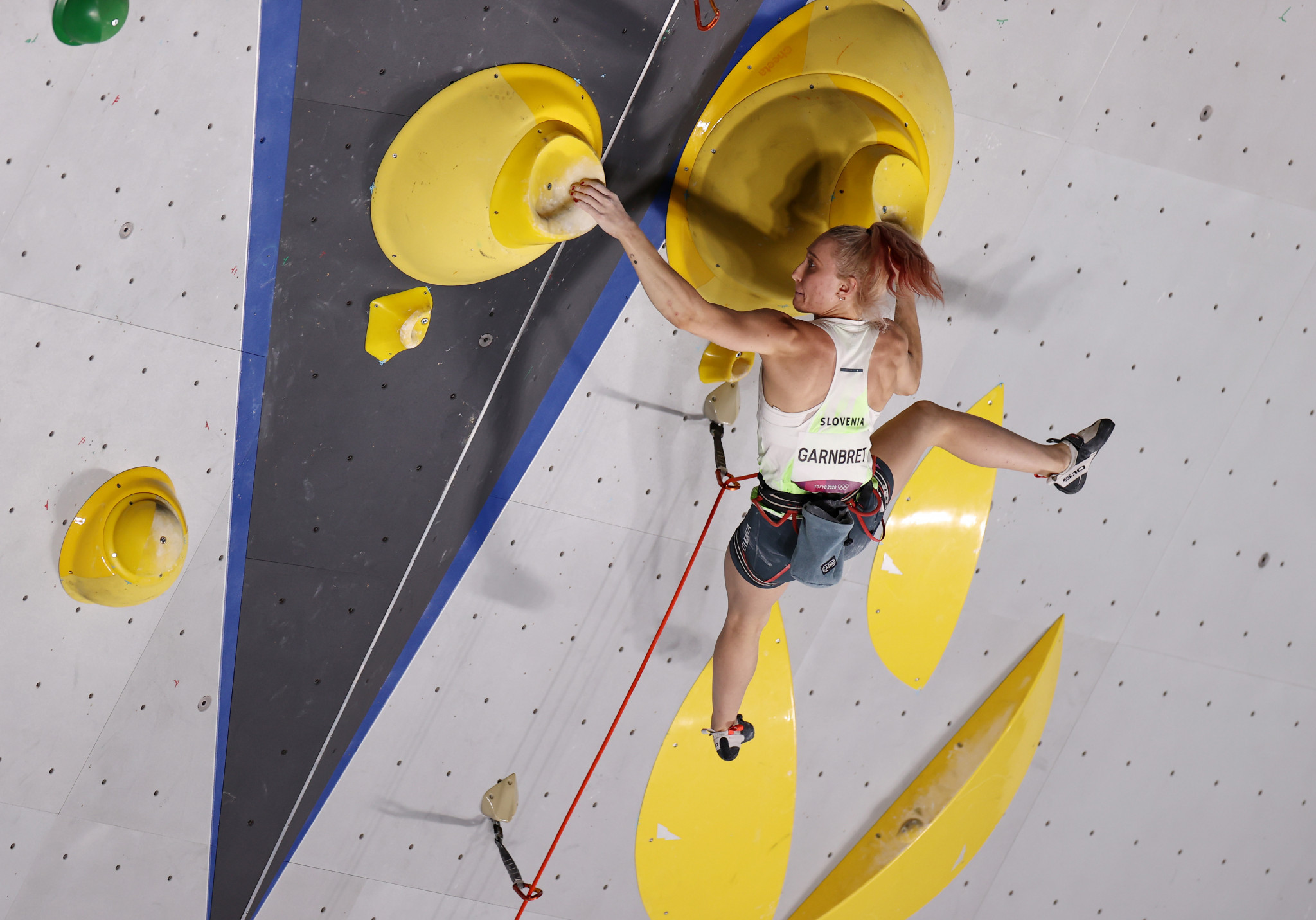History and Evolution of Sport Climbing in the Olympics

Sport climbing, a discipline that involves scaling artificial rock walls, has witnessed a remarkable journey from its humble beginnings to its inclusion as an Olympic sport. This ascent to the global stage has been fueled by a passion for the sport, technological advancements, and a growing recognition of its unique blend of athleticism and mental fortitude.
The Origins of Sport Climbing
The roots of sport climbing can be traced back to the early 20th century, with pioneers like Paul Preuss and Hans Dülfer pushing the boundaries of rock climbing in the Alps. However, it was in the 1980s that sport climbing gained significant momentum as a distinct discipline, particularly in Europe and North America. This era saw the development of dedicated climbing gyms, the introduction of standardized routes, and the emergence of competitive climbing events.
Key Milestones and Events Leading to Olympic Inclusion
The journey towards Olympic recognition was marked by several key milestones.
- 1991: The International Federation of Sport Climbing (IFSC) was established, creating a governing body for the sport and providing a platform for international competition.
- 1997: The first IFSC Climbing World Championships were held, showcasing the best climbers from around the world.
- 2010: The IFSC was recognized by the International Olympic Committee (IOC) as a fully recognized international sports federation, a crucial step towards Olympic inclusion.
- 2016: The IOC announced that sport climbing would be included in the 2020 Tokyo Olympics, marking a significant achievement for the sport and its passionate community.
Climbing Disciplines in the Olympic Program
The Olympic program for sport climbing features three distinct disciplines: lead climbing, bouldering, and speed climbing.
Lead Climbing
Lead climbing involves ascending a high vertical wall with ropes and harnesses for safety. Climbers are judged on the height they reach before falling, with the highest point reached determining the winner. This discipline tests a climber’s strength, endurance, and technical skills.
Bouldering
Bouldering is a discipline that involves climbing short, challenging routes on walls without ropes or harnesses. Climbers are judged on the number of problems they complete and the style of their ascents. Bouldering emphasizes problem-solving skills, dynamic movement, and technical precision.
Speed Climbing
Speed climbing is a thrilling discipline that focuses on climbing a 15-meter wall as quickly as possible. Competitors race against each other, with the fastest time determining the winner. This discipline demands explosive power, agility, and precise footwork.
The Impact of Sport Climbing on the Olympics: Sport Climbing Combined Olympics Video

Sport climbing’s inclusion in the 2020 Tokyo Olympics marked a significant milestone for the sport, bringing a new dimension to the Games. This inclusion has had a substantial impact on the Olympics, influencing viewership, audience engagement, and the overall popularity of the Games.
The Rise in Viewership and Audience Engagement
The introduction of sport climbing to the Olympic program attracted a new and diverse audience, particularly among younger demographics. This has led to a noticeable increase in viewership and audience engagement during climbing events.
- The Tokyo Olympics saw a surge in viewership for climbing events, particularly among younger generations, who were drawn to the sport’s dynamic and visually appealing nature. This increase in viewership contributed to a broader appeal of the Games, particularly among those who might not have been traditional Olympic viewers.
- The exciting and unpredictable nature of climbing competitions, combined with the accessibility of the sport, has fostered a strong connection with audiences, leading to increased engagement on social media platforms and online discussions.
- The popularity of climbing has also attracted a growing number of sponsors and advertisers, further boosting the sport’s visibility and reach. This increased exposure has played a crucial role in enhancing the overall popularity of the Games.
The Future of Sport Climbing in the Olympics

The inclusion of sport climbing in the Tokyo 2020 Olympics marked a significant milestone for the sport, showcasing its dynamism and athleticism to a global audience. As sport climbing continues its journey within the Olympic movement, it’s poised for further growth and evolution, with exciting prospects for the future.
Potential Changes to the Format, Rules, or Disciplines
The current Olympic format combines three disciplines: lead, bouldering, and speed climbing. While this format offers a diverse and exciting competition, there are potential areas for future adjustments.
The inclusion of additional disciplines, such as paraclimbing, could broaden the sport’s appeal and accessibility. Paraclimbing, which adapts the sport for athletes with disabilities, has gained popularity and recognition in recent years.
“Paraclimbing is a fantastic opportunity to showcase the inclusivity and adaptability of sport climbing,”
said [Name of a prominent Paraclimbing athlete or official], highlighting its potential for inclusion in future Olympic Games.
Another potential change could involve modifications to the scoring system, aiming for greater clarity and audience engagement. The current system, while effective, can be complex for viewers to grasp. Simplifying the scoring system, perhaps by incorporating a point system similar to other Olympic sports, could enhance the viewing experience.
The Role of Technology in Enhancing the Sport Climbing Experience
Technology is playing an increasingly important role in enhancing the sport climbing experience for both athletes and spectators.
- Real-time Tracking and Analytics: Advanced tracking systems can provide real-time data on athletes’ movements, speed, and performance metrics, offering valuable insights for coaches and athletes. This data can also be used to create engaging visualizations for spectators, enhancing their understanding of the sport.
- Virtual Reality Training: Virtual reality (VR) technology is emerging as a powerful tool for training and preparation. VR simulations can recreate climbing environments, allowing athletes to practice routes and develop their skills in a safe and controlled setting. VR can also be used to create immersive experiences for spectators, providing them with a virtual front-row seat to the action.
- Augmented Reality (AR) for Spectators: AR technology can overlay digital information onto the real-world view of the competition, providing spectators with real-time data, athlete profiles, and route information. This interactive experience can enhance the spectator’s engagement and understanding of the sport.
Vision for the Future of Sport Climbing as an Olympic Sport, Sport climbing combined olympics video
The future of sport climbing in the Olympics holds immense potential for growth and innovation.
The sport has the potential to become a more prominent and popular Olympic event, attracting a wider audience and inspiring a new generation of climbers. This can be achieved through continued efforts to:
- Promote Inclusivity and Accessibility: Expanding participation in sport climbing through initiatives that encourage diverse demographics and promote accessibility for individuals with disabilities. This can be achieved through initiatives such as adaptive climbing programs and community outreach programs.
- Enhance Spectator Engagement: Creating a more engaging and accessible experience for spectators through technological advancements, creative storytelling, and dynamic presentations. This can involve incorporating elements like interactive screens, real-time data visualizations, and behind-the-scenes insights into the competition.
- Foster International Collaboration: Strengthening partnerships between national and international climbing organizations to promote the sport globally and develop a sustainable future for the sport. This includes initiatives like joint training programs, international competitions, and knowledge sharing.
Sport climbing combined olympics video – The sport climbing combined event at the Olympics is a thrilling spectacle of athleticism and strategy, showcasing the incredible strength and agility of the climbers. Watching these athletes navigate challenging routes, often while suspended high above the ground, requires a certain level of focus and dedication, much like the meticulous craftsmanship required to create a stunning camel faux leather chair.
Both disciplines demand a keen eye for detail and a commitment to excellence, making the sport climbing combined event a captivating display of human potential.
The inclusion of sport climbing in the 2020 Tokyo Olympics marked a significant moment for the discipline, bringing a new level of visibility and prestige to the sport. To capture the excitement and challenge of this new format, numerous videos have been produced, offering a glimpse into the combined event.
For those interested in exploring the intricacies of this unique competition, a comprehensive video showcasing the combined format can be found at sport climbing combined olympics video. This video provides an in-depth look at the three disciplines – speed climbing, bouldering, and lead climbing – and the athletes who navigate these demanding challenges.